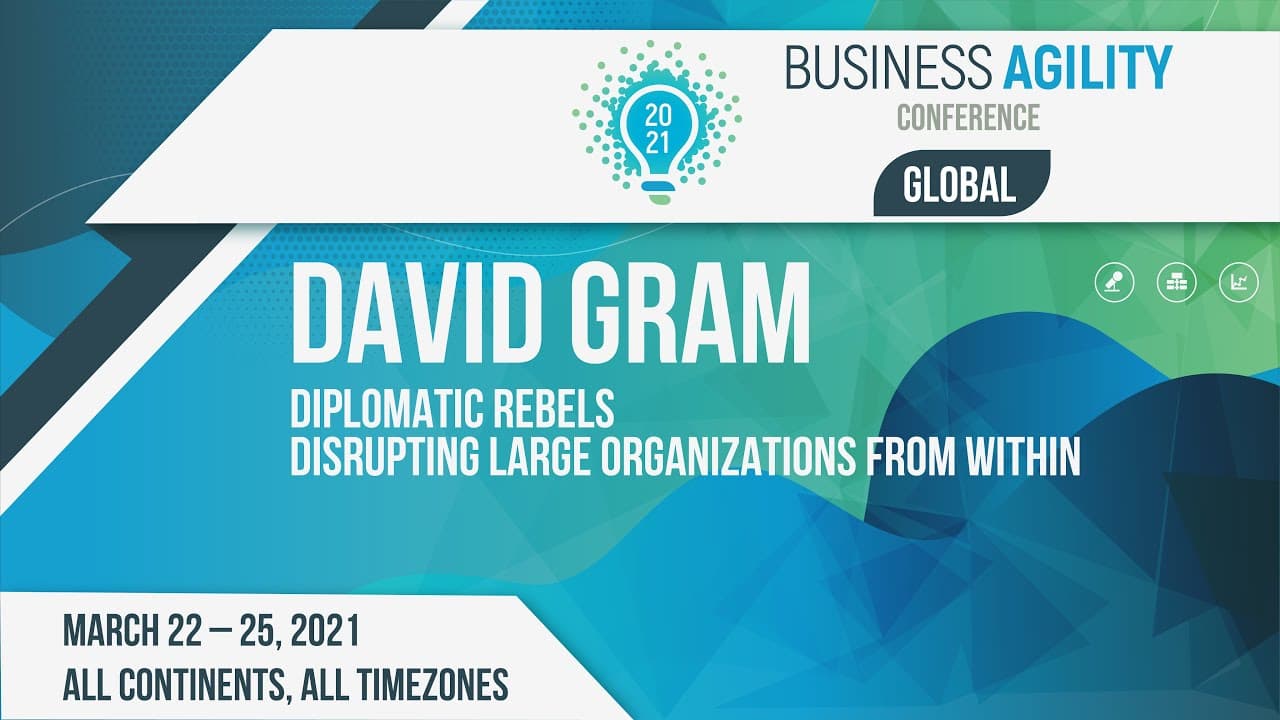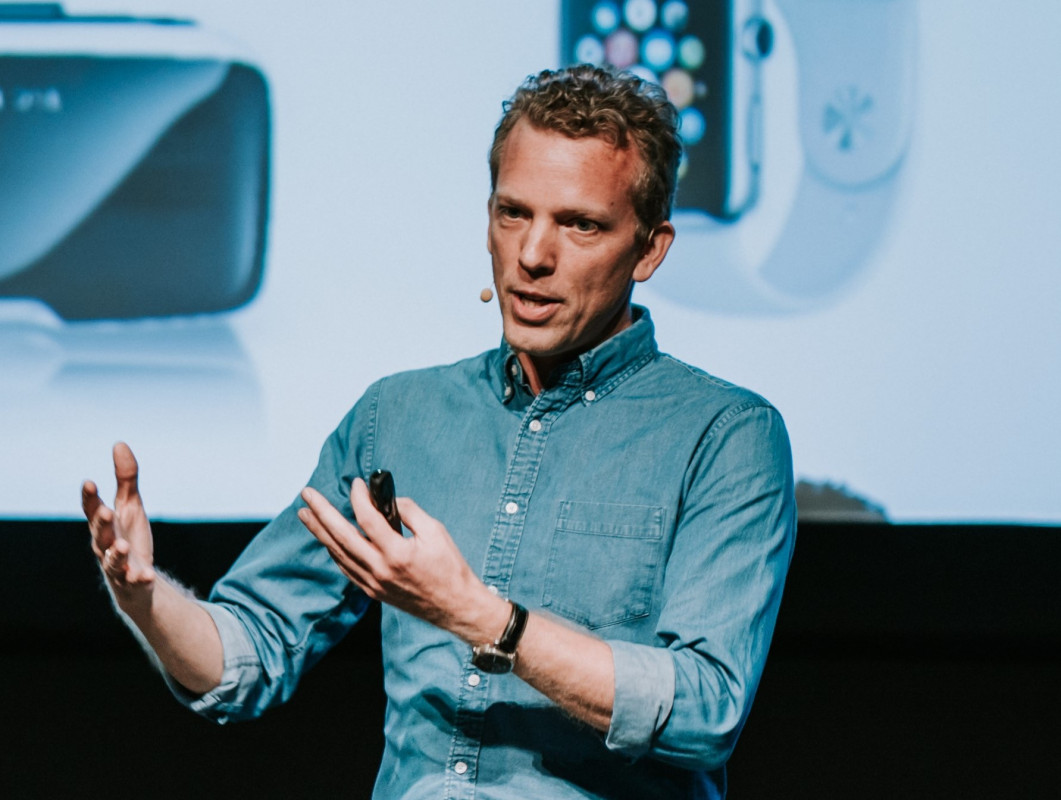Thank you so much, Mike! I’m so pleased to be here with you all today and look forward to sharing some of my insights. I’ve been an entrepreneur in large corporations for the last 17 years, working in the aviation and wind power industries. For nine years, I was with LEGO, the toy manufacturer, and today, I’ll share stories not only about how to drive radical innovation but also how to succeed and thrive as an innovator.
The LEGO Story: From Crisis to Success
Let’s start with a company I’m sure you all know—LEGO. Today, LEGO is one of the most powerful brands in the world, sometimes even ranking above Ferrari, Google, and Nike. Financially, it’s thriving, with 2020 being its most successful year ever, even during the COVID-19 pandemic. However, not long ago, LEGO was struggling. In 2003, the company nearly went bankrupt.
There were two main reasons for this. First, LEGO made several major bets on diversification, investing heavily in new areas without fully understanding them. The company moved too far away from its core capabilities, resulting in failed ventures. Second, customers lost sight of what LEGO truly stood for, as the company executed poorly in these new areas and lost its brand identity.
To recover, LEGO returned to its core strengths and embraced its core DNA—what it calls “System in Play.” This meant that every LEGO product had to be “obviously LEGO but never seen before.” The company also adopted an agile approach to innovation, favoring small, iterative experiments over risky, large-scale bets.
The Need for Radical Innovation
Some might assume that LEGO’s story suggests avoiding radical innovation altogether and focusing only on incremental improvements. But in today’s world, radical innovation is becoming the new normal. No company can survive by sticking to what they know.
Several technological advancements are reshaping the toy industry:
- Artificial Intelligence – Toys that learn and adapt based on a child’s interactions.
- Robotics – Toys that move and behave as children imagine.
- Voice & Sound – Meaningful, evolving conversations between toys and children.
- Internet of Things – Connected toys that interact with each other, even when a child is away.
- Augmented Reality – Bringing children’s imaginations to life in their own bedrooms.
- 3D Printing – Empowering kids to design and manufacture their own toys.
On top of these challenges, LEGO must also replace all its plastic materials with sustainable alternatives. With its core capability in injection molding, this shift requires significant innovation.
How to Lead in an Era of Disruption
Rather than focusing solely on which technologies to bet on, companies should ask:
- How do we take the lead in this evolving world?
- How do we ensure new technologies enhance the value we provide?
For LEGO, this isn’t just about avoiding disruption—it’s also a moral responsibility. While technology can empower children’s creativity, it can also pacify them, turning them into passive consumers of digital content. Studies show that today’s children have the lowest creativity scores ever recorded, likely due to excessive digital consumption. Companies like LEGO must ensure that technology nurtures, rather than diminishes, creativity.
The Key to Innovation: Constant Exploration
Long-term strategic planning is no longer effective in today’s fast-changing world. Instead, companies must continuously explore and experiment. This was a hard lesson LEGO learned after its crisis—massive bets on new ventures don’t work. The key is launching experiments quickly, learning from them, and iterating.
Why Do Big Companies Struggle to Innovate?
As companies grow, they tend to stop experimenting. This mirrors human behavior—adults are generally less experimental than children because of the fear of failure. The same applies to corporations. Fear of failure, missteps, and losing what they already have often makes companies rigid and resistant to change.
To succeed, organizations must adopt a child’s mindset. Children learn everything—walking, talking, problem-solving—through trial and error. Companies need to embrace this approach by fostering a culture of experimentation and continuous learning.
Building a Culture of Innovation
At LEGO, we knew that to stay ahead, we needed to:
- Be deeply customer-centric. We conducted in-home studies, observing families in their daily routines to understand their needs and behaviors.
- Identify opportunity spaces. We mapped trends in technology, consumer behavior, and business models to uncover new growth areas.
- Organize for ambidextrous innovation. We structured innovation efforts across three horizons:
- Horizon 1: Incremental improvements to existing products.
- Horizon 2: Reconfiguring existing business models with new technologies.
- Horizon 3: Radical innovation through LEGO Ventures, an independent unit exploring entirely new business models.
The Lean Startup Approach to Innovation
At LEGO, we adopted lean startup principles:
- Pretotyping: Instead of fully developing prototypes, teams created quick, low-cost “fakes” to test assumptions.
- Two-Week Work Cycles: Every two weeks, teams formulated hypotheses, tested them with users, and evaluated results.
- Market Validation: We launched small pilot projects in single markets with select retailers before scaling.
To encourage experimentation, we shifted performance metrics from financial targets to momentum-based metrics. Rather than measuring revenue, we measured how quickly teams progressed from one stage of maturity to the next.
Overcoming Organizational Resistance
Innovation efforts often face resistance from the corporate immune system. At LEGO, we developed five key habits to help intrapreneurs succeed:
- Accept resistance. Change is difficult, and opposition is natural.
- Only break the rules you understand. Know the system before challenging it.
- Build a tribe. Rally supporters within the company to help push initiatives forward.
- Write love letters. Be empathetic and proactive in engaging stakeholders, especially departments like procurement, legal, and finance.
- Make others shine. Celebrate every contributor’s role in a project’s success.
Conclusion
Balancing the spirit of a rebel with the skills of a diplomat is key to driving change in large organizations. The rebel challenges the status quo, while the diplomat navigates corporate structures and builds alliances. To succeed as an intrapreneur, you must be both.
Thank you all! I believe we have some time for questions.



